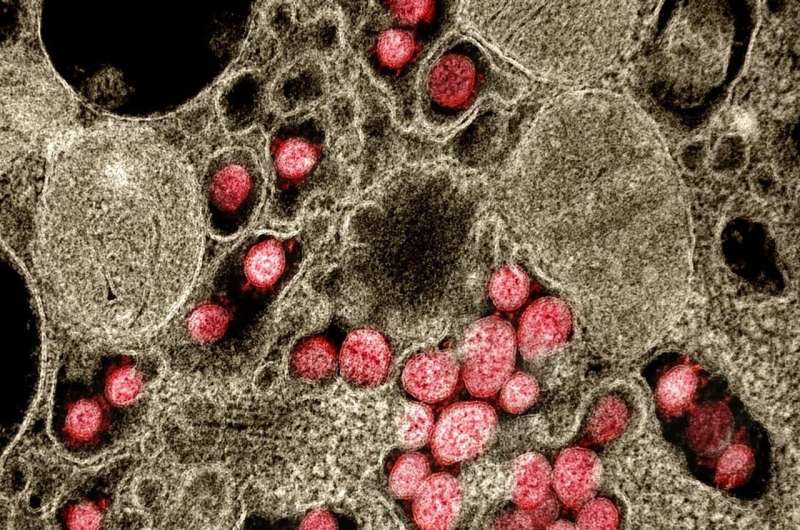LEDs light the way to coronavirus disinfection

LEDs are commonly used for sterilization—you may be using one to clean your electric toothbrush, for example. In the continued effort to combat the coronavirus pandemic, LEDs can also help inactivate SARS-CoV-2.
During the AIP Publishing Horizons—Energy Storage and Conversion virtual conference, which will be held Aug. 4-6, Tariq Jamil, Muhammad Usman, Habibullah Jamal, and Sibghatullah Khan, from the Ghulam Ishaq Khan Institute of Engineering Sciences and Technology in Pakistan, will discuss the development of an ultraviolet LED for potential disinfection of the coronavirus. Their presentation, "Designing 222 nm III-Nitride-based Far UVC LEDs for the disinfection of SARS-2 (COVID-19)," will be available during the three-day conference.
The team designed far-ultraviolet LEDs (UV-C LEDs) at a targeted wavelength of 222 nanometers, chosen both for its ability to inactivate the virus and for being safe on human skin. They based their design on the material aluminum gallium nitride, part of a set of materials called III-nitrides which are efficient, inexpensive, and environmentally friendly.
The III-nitride UV-C LEDs are suitable for disinfecting medical equipment, personal protective equipment, and personal items like phones and pens, and can be easily integrated into clinical applications. Though the material is already in use in the fight against the coronavirus, the group's technique further increases its efficiency.
They will present details on their approach for the design and possible fabrication of III-nitride UV-C LEDs at the virtual conference.
Provided by American Institute of Physics




















